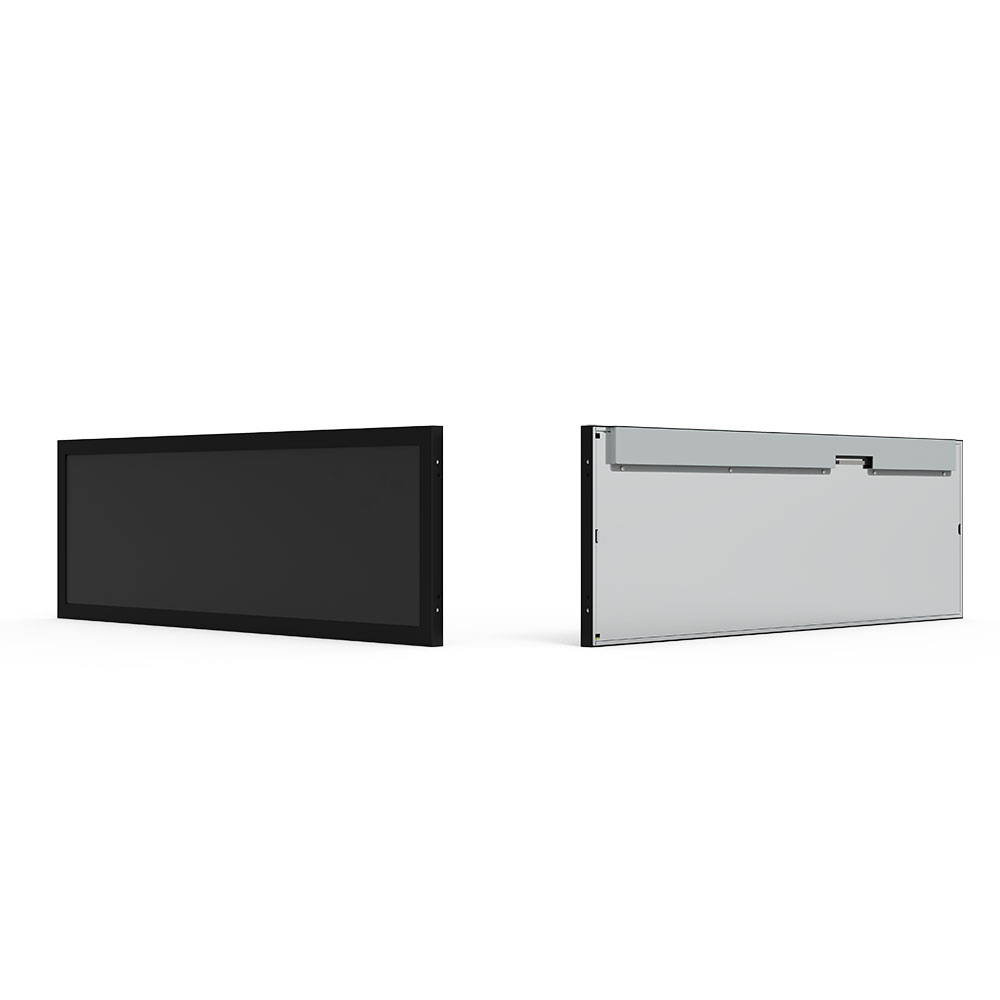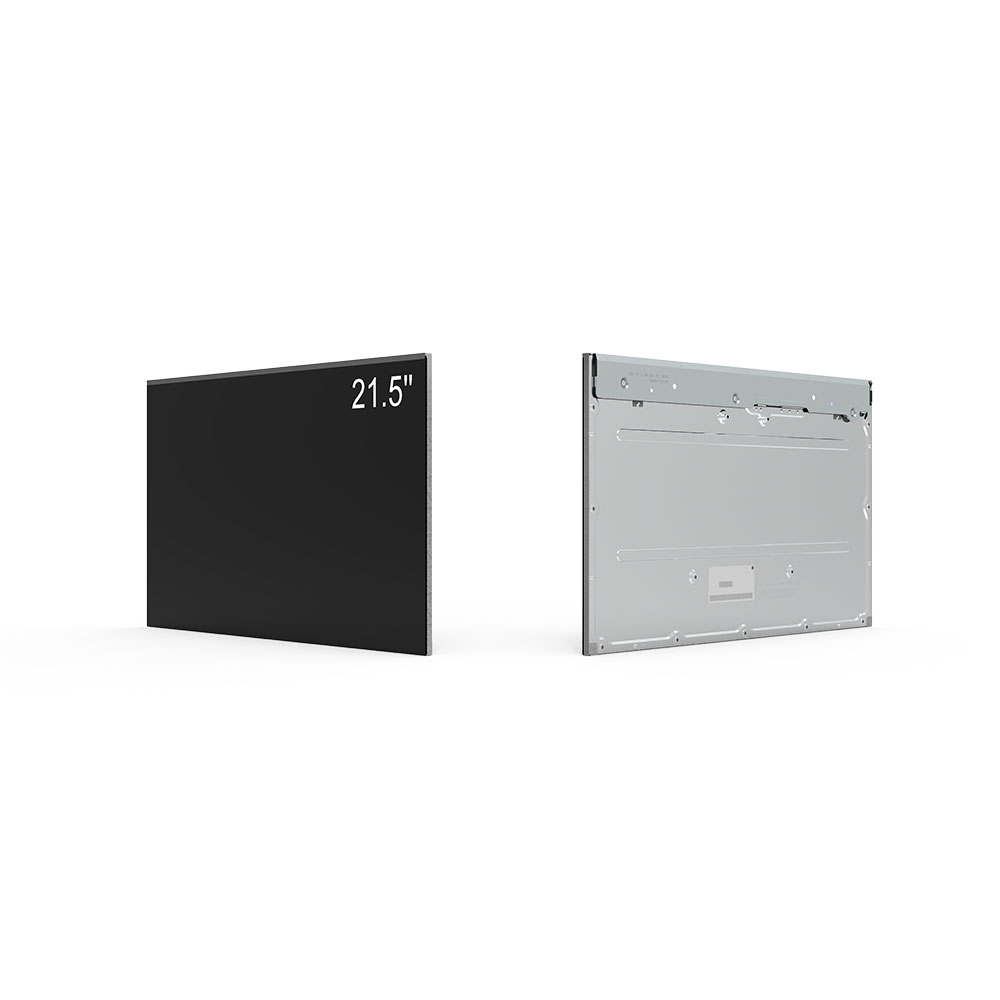
Privacy statement: Your privacy is very important to Us. Our company promises not to disclose your personal information to any external company without your explicit permission.
Outdoor LCD screens have become essential tools across industries such as transportation, retail, advertising, and public safety. Whether it’s a digital signage display at a bus stop, a dynamic price board in a supermarket, or an emergency alert system on a highway, these displays must perform reliably under extreme weather conditions—from scorching sun to freezing rain.
To ensure long-term functionality, manufacturers integrate advanced technologies like high-brightness LED backlights (typically 5000–7000 nits), IP65 or higher waterproof ratings, and wide-temperature operation (–30°C to +60°C). For example, a case study from Philips Digital Signage shows that outdoor LCDs with adaptive brightness control reduced energy consumption by up to 40% while maintaining visibility in both daylight and nighttime conditions.

The advantages of modern outdoor LCDs are clear: real-time content updates, remote management via cloud platforms (like BrightSign or Xibo), and enhanced engagement through interactive touchscreens. In urban environments, cities like Singapore and London use large-format outdoor LCDs to disseminate traffic alerts, weather updates, and public health messages—proving their value beyond traditional advertising.

However, common problems persist if installation or maintenance is overlooked. Poor ventilation can cause overheating—a leading cause of early failure—while dust accumulation on the screen surface degrades image quality over time. According to the Society for Information Display (SID), 62% of outdoor screen failures stem from improper mounting or inadequate environmental protection. Regular cleaning, thermal monitoring, and firmware updates are critical preventive measures.
Latest trends include AI-driven content optimization, where machine learning adjusts display brightness and messaging based on foot traffic and time of day. Additionally, modular designs allow for easier panel replacement, reducing downtime and lifecycle costs. As 5G connectivity becomes widespread, future outdoor LCDs will support ultra-low-latency video streaming and IoT integration for smarter city applications.
By prioritizing robust design, proactive maintenance, and cutting-edge features, businesses and municipalities can maximize ROI and ensure their outdoor displays remain effective, reliable, and visible for years.
Email to this supplier

Privacy statement: Your privacy is very important to Us. Our company promises not to disclose your personal information to any external company without your explicit permission.